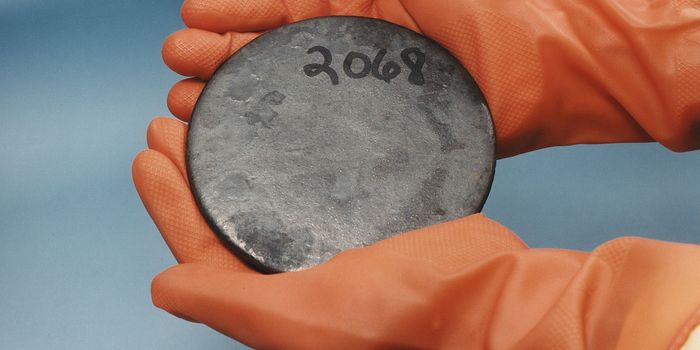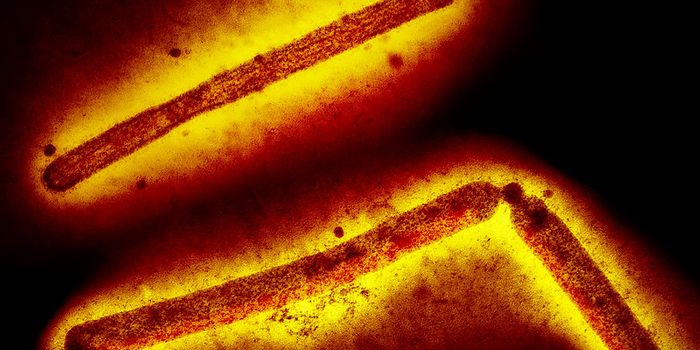Using Technology To Advancing Biomarker Testing
Diagnosing disease depends largely on biomarkers. These markers are complex molecules ranging from our genes to hormones and lipids.
Learn more about biomarkers:
Biomarkers are present in wide range of bodily fluids and tissues. Although diverse, they do share one commonality—they occur in low concentrations and as such challenging to detect. Many detection techniques look for ‘molecular probes’ like antibodies or nucleic acids that can bind to the desired biomarker. When these probes bind, they will undergo certain reactions that ultimately secrete a fluorescent signal.
"DNA-based nano-antennas have been studied for the last few years," says Kateryna Trofymchuk, joint first author of the study. "But the fabrication of these nanostructures presents challenges." Philip Tinnefeld's research group has now succeeded in configuring the components of their nano-antennas more precisely, and in positioning the DNA molecules that serve as capture probes at the site of signal amplification. Together, these modifications enable the fluorescence signal to be more effectively amplified. Furthermore, in the minuscule volume involved, which is on the order of zeptoliters (a zeptoliter equals 10-21 of a liter), even more molecules can be captured.
Learn more about fluorescence in molecular probes:
"In one sample, we can simultaneously produce billions of these nano-antennas, using a procedure that basically consists of pipetting a few solutions together," says Trofymchuk.
"In the future," says Viktorija Glembockyte, also joint first author of the publication, "our technology could be utilized for diagnostic tests even in areas in which access to electricity or laboratory equipment is restricted. We have shown that we can directly detect small fragments of DNA in blood serum, using a portable, smartphone-based microscope that runs on a conventional USB power pack to monitor the assay."
Tinnefeld is optimistic: "The past year has shown that there is always a need for new and innovative diagnostic methods, and perhaps our technology can one day contribute to the development of an inexpensive and reliable diagnostic test that can be carried out at home."
Source: Science Daily










